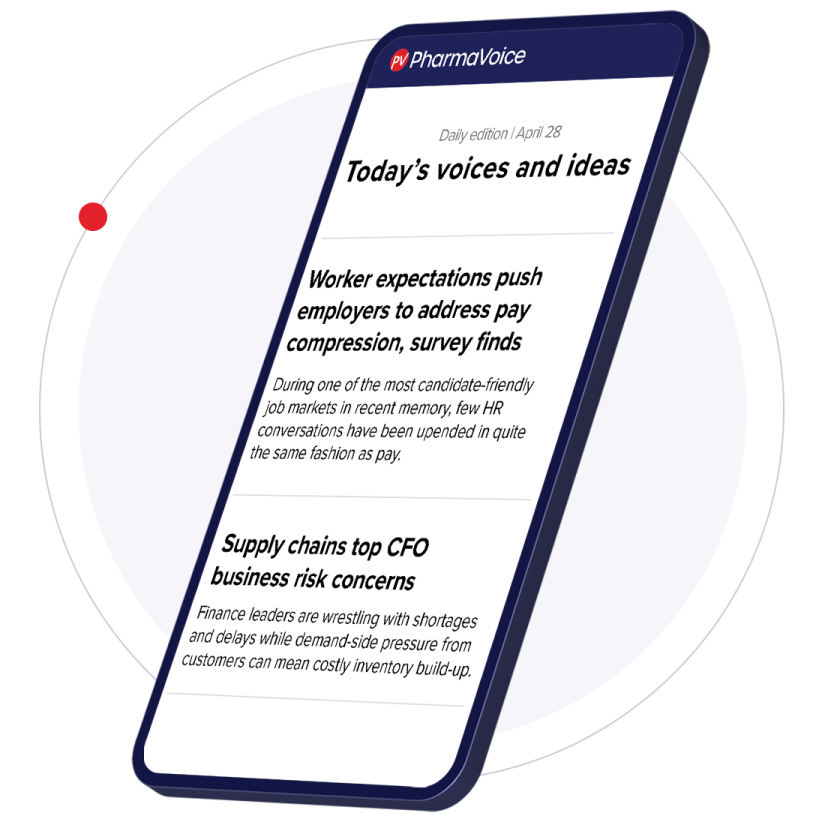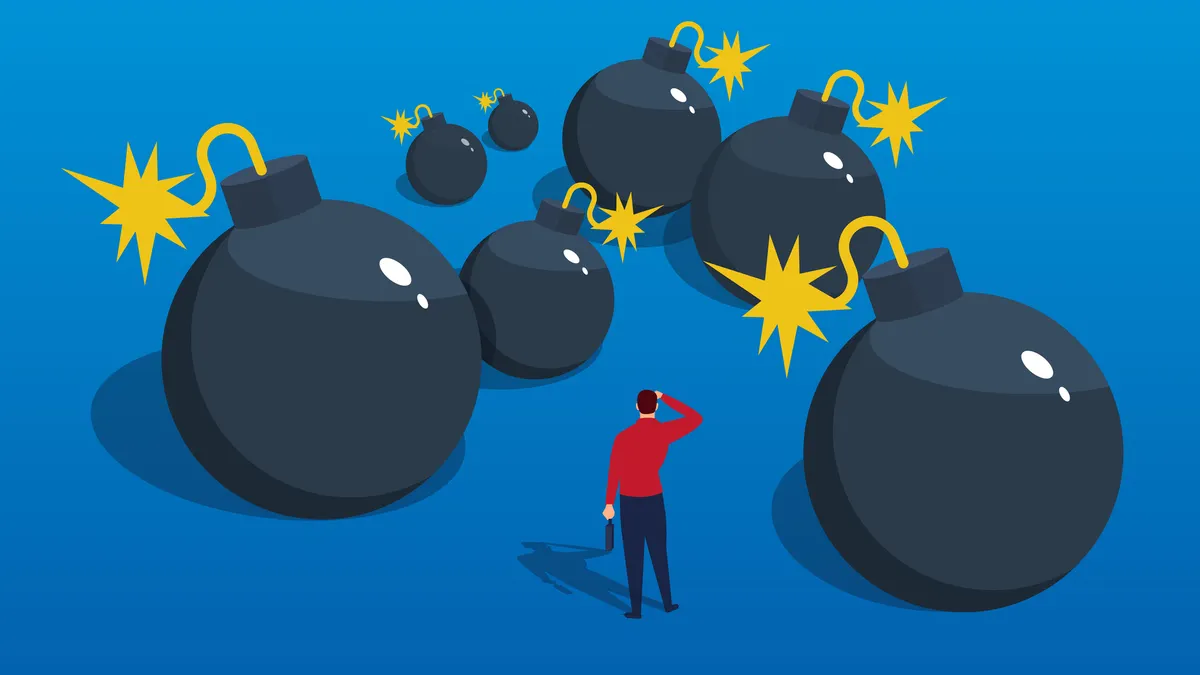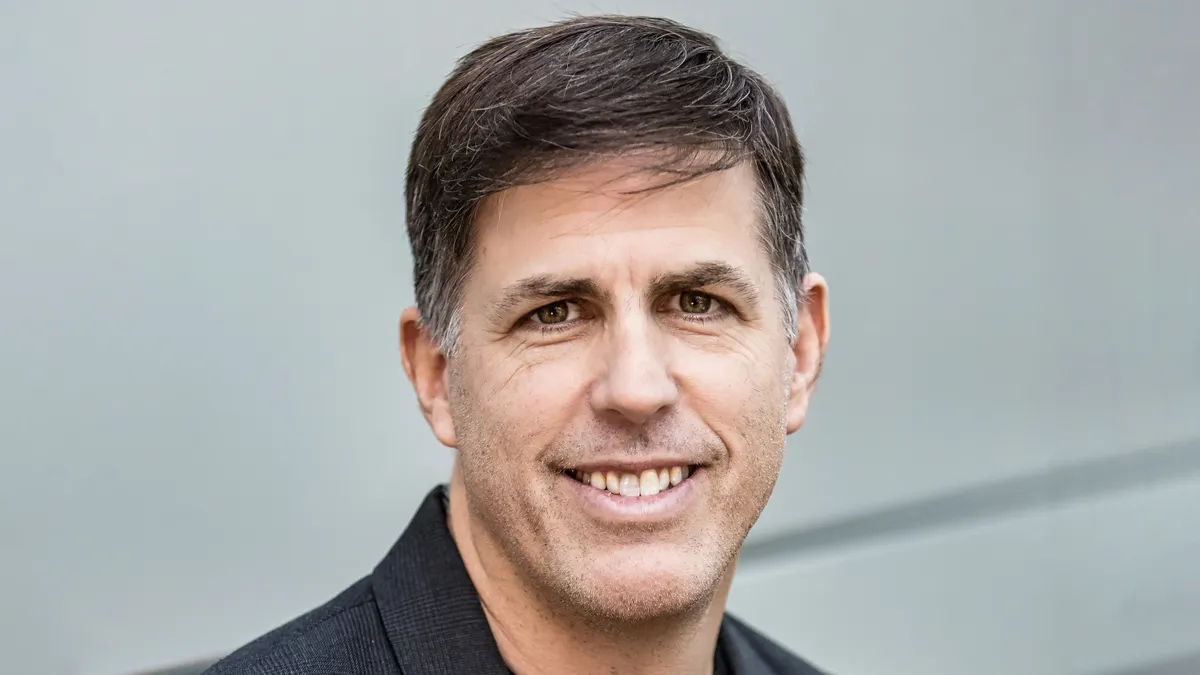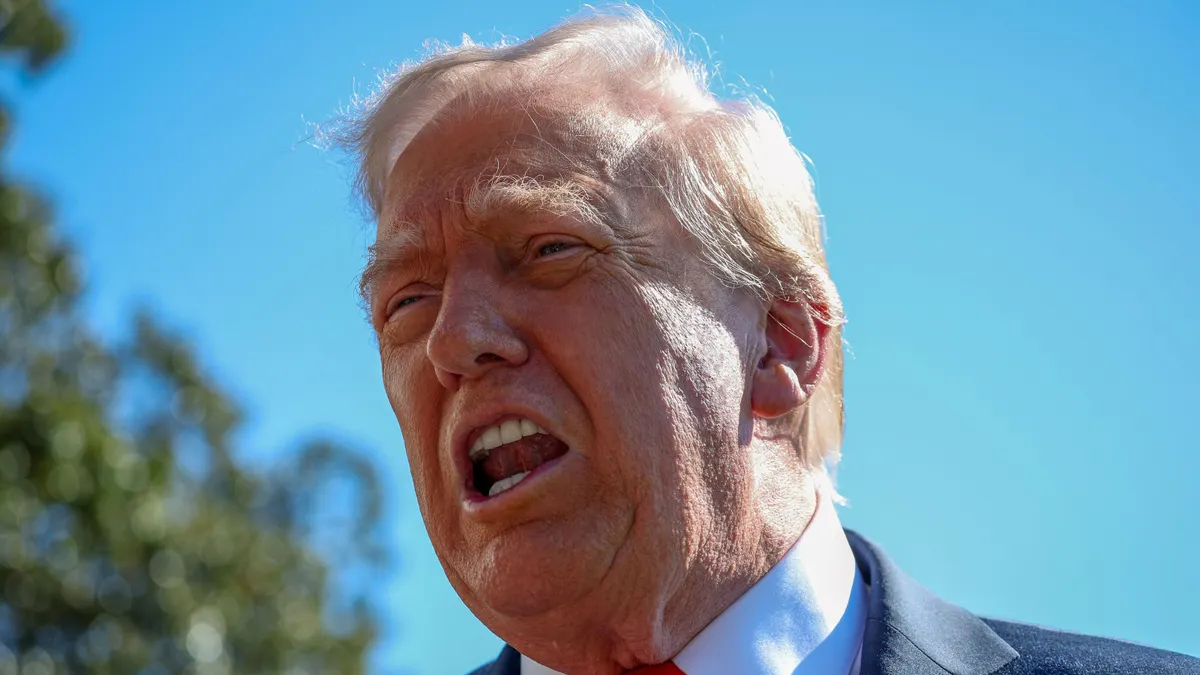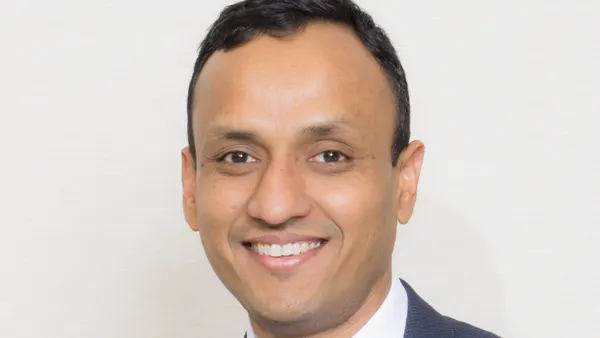Massive policy overhauls under Trump’s second administration are likely to ripple well into the future, and that’s driving changes to the way drugmakers do business, experts say.
From his first presidency that ended in the midst of a worldwide health crisis to the next in which President Donald Trump seeks to overturn many of the health sector’s norms, how did the political landscape end up here? Some draw a distinct line from one to the other.
Top of mind currently for the president are U.S. manufacturing and drug pricing, which have been tied together through deals with top drugmakers. Pfizer, AstraZeneca, Eli Lilly and more have struck agreements to lower U.S. prices and build American manufacturing plants, often to dodge the tariff cudgel.
“The Trump administration is an activist administration,” said Michael Abrams, managing partner at consulting firm Numerof & Associates. “The things that it takes seriously and is willing to go to the mat on have to do with fairness, specifically the fairness of pricing and national security.”
But in compromising with the White House on terms that have remained under wraps, the pharma industry is agreeing to changes that could drive fundamental shifts in the way drugs are made and sold in the U.S., and not necessarily for the right reasons, Abrams said.
“Pharma manufacturers feel they need to at least compromise because, with the regulatory power at his disposal, the administration isn’t going to take no for an answer,” Abrams said.
With pharma struggling under the weight of economic and political uncertainty, the road ahead is still unclear, and 2026 is likely to be a year of even more changes.
“We seem to be approaching a turning point for the industry in many different aspects of what they do,” Abrams said. “This dramatic change puts a premium on the big pharma companies to work differently and find the will to break with some of the old ways of working, as well as the nimbleness it will take to survive in what is looking like a new pharmaceutical landscape.”
While pharma is facing myriad challenges of its own, drugmakers’ role in the fragile public health ecosystem also teeters on the edge as the balance of power shifts dramatically under the current political regime. Some say the trajectory was set in motion during the most demanding health crisis in decades: the COVID-19 pandemic.
“Different states are singing to completely different sheets of music, and that makes it challenging.”

Dr. Tyler Evans
CEO, Wellness Equity Alliance
The pandemic effect
More than five years from the beginning of the COVID-19 pandemic, some experts connect the choices made then to today’s pharmaceutical and public health turmoil.
“Our system feels entirely fractured, particularly in public health where the connection between the feds, the states and the municipalities is very disjointed,” said Dr. Tyler Evans, CEO of the Wellness Equity Alliance and the first chief medical officer for New York City during the pandemic. “Different states are singing to completely different sheets of music, and that makes it challenging.”
With foundational changes to federal health agencies like HHS, FDA, CDC and NIH, it’s difficult to determine which way is up, posing dangerous repercussions for preparedness on the part of public institutions and private drugmakers alike, Evans said.
“Federal agencies are being destroyed and dismantled by design, and we’re going to have to rebuild,” Evans said. “We learned from the pandemic that there needs to be more of a coordinated response.”
The dismantling of public health institutions could be an opportunity for the private sector to engage in fundamental protections for vulnerable communities, Evans said. Operation Warp Speed under the first Trump administration was a good example of these institutions coming together for an effective vaccine response, despite political fallout along the way.
But the conceptual shift is what will be the most difficult as leaders acknowledge “how sick the system is,” Evans said.
Evans points to an “information gap” as a result of federal cuts, and following the science is going to be more difficult as trustworthy evidence becomes harder to come by in the wake of these cuts.
“There is no room for profoundly different interpretations or opinions of the science,” Evans said. “Our interpretation of it should be relatively uniform, and our conversations with community-based organizations and community health workers need to be in lockstep, and it needs to start at the national level.”
Evans compares the current situation to being a patient in the exam room with two doctors openly arguing about a diagnosis.
“We all need to be on the same page, and it’s not hard, because we should be guided by the science,” Evans said. “Ultimately, public health should be depoliticized, like a fire department is for the common good.”




